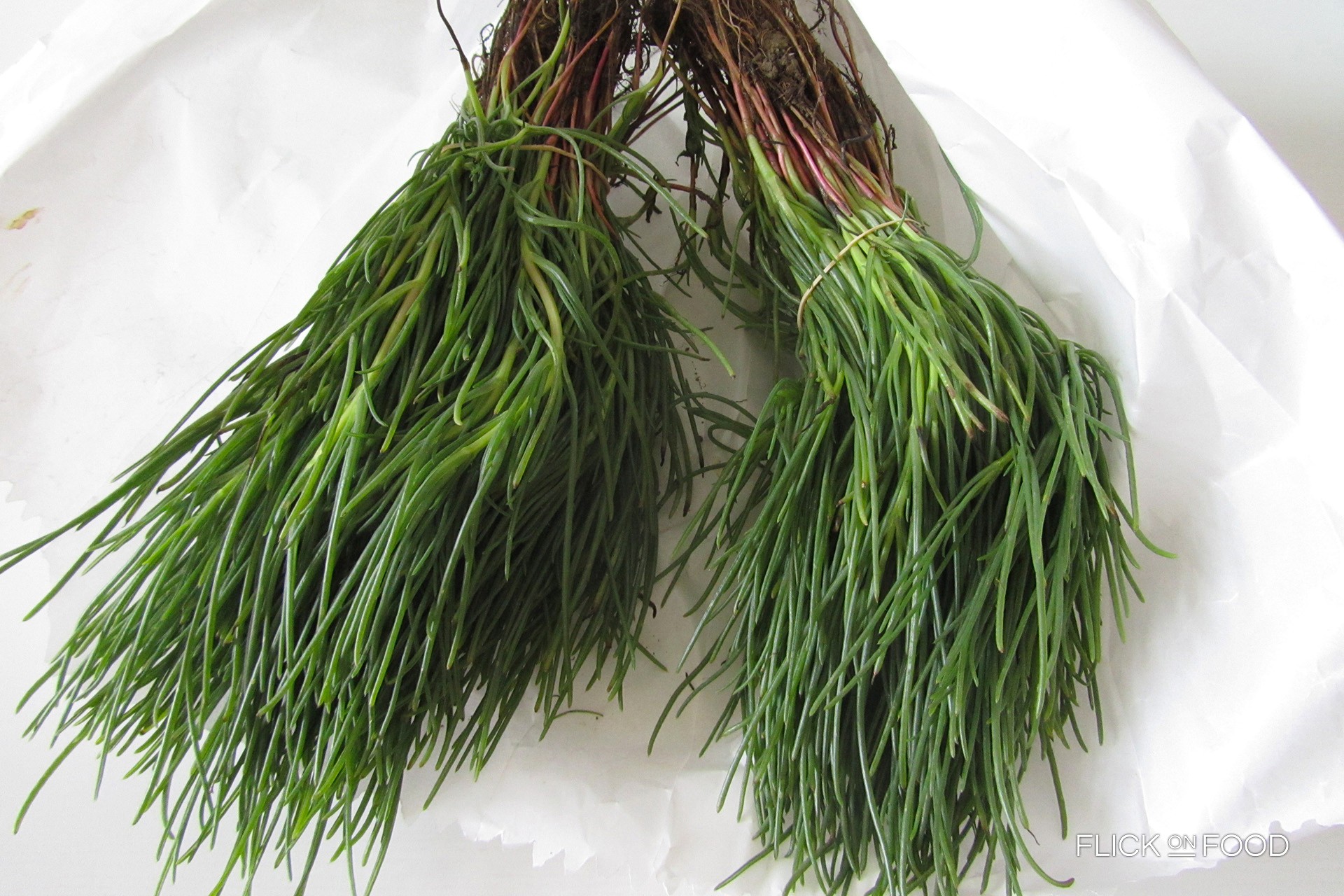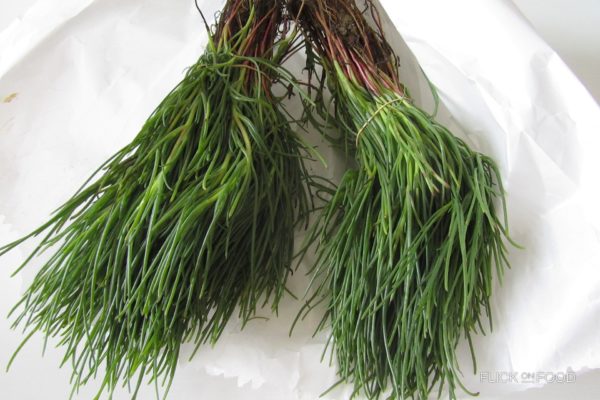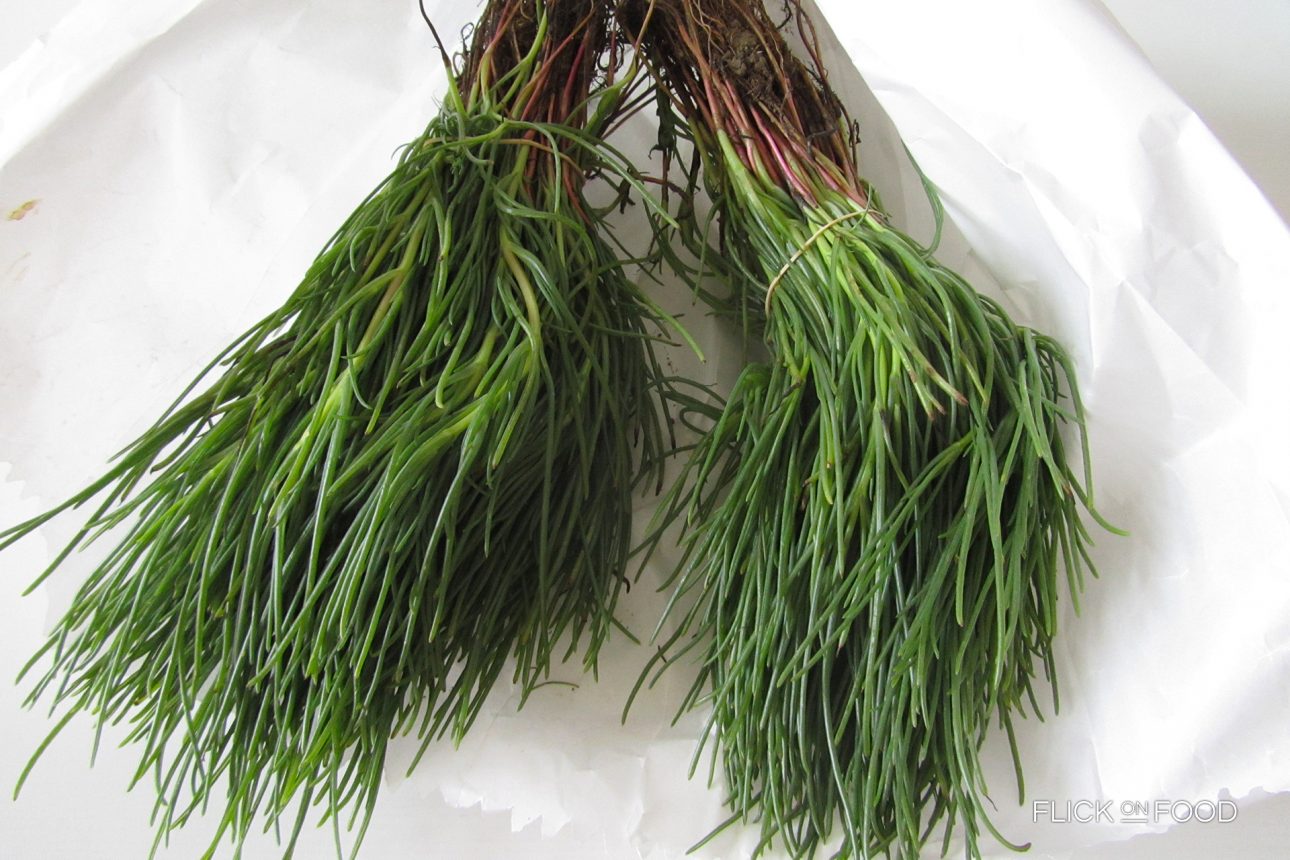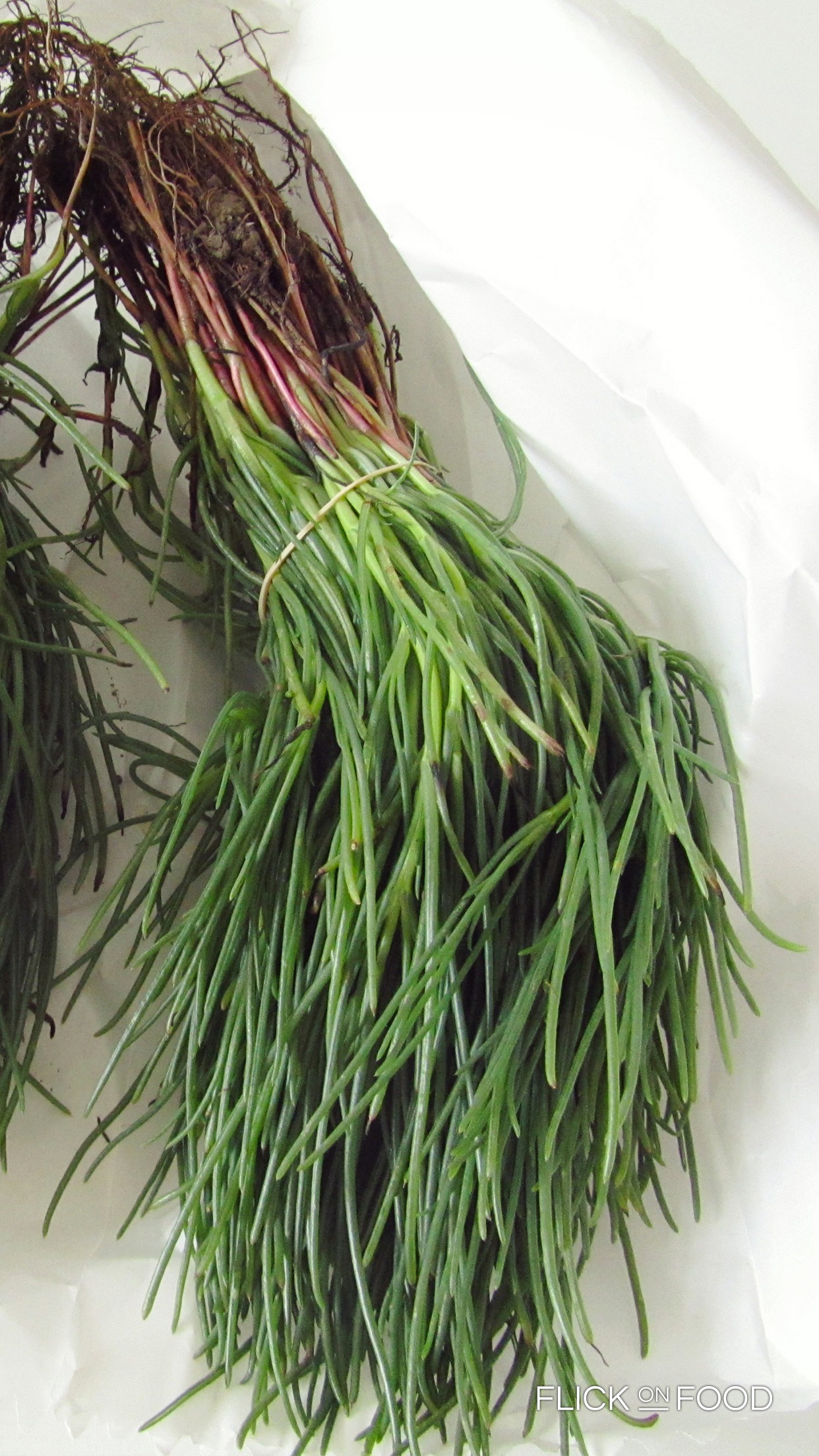
Try agretti with just a drizzle of lemon juice and olive oil.
Origin
Agretti go by many names depending on the region. They’re known as “lischi” or “liscari” in Emilia-Romagna, “riscoli” in Umbria, and “rospici” or “arescani” in Marche. The most common type is Barba di Frate, (or “Friar’s beard”). Their official name is Salsola Soda, and they’re the plant you might see waving on the beaches in a western film. They are a source of soda ash, are rich in sodium carbonate and potassium. They were used to make glass, soap, and other items that require a large amounts of soda ash. In Venice, they were grown in the lagunas to supply a raw materials for the glassmakers of Murano and the surrounding areas. In industry, they were a vital source or soda ash until the 1800s. They’re widespread throughout their native region in the Mediterranean basin, but also along the coasts of Europe and America.
Cookit
Agretti taste good and they’re good for you. Always buy agretti fresh and use them right away. Even in the fridge, they’ll go bad after just a few days. Be sure to wash them thoroughly as they tend to trap soil. Steaming is the best cooking method, because it maintains their nutritional value. With pasta or as a side dish, their sharp flavor makes them an ideal vegetable to eat raw, with a bit of lemon and olive oil. Agretti are also a popular addition to frittatas.
Did you know
They’re hydrating and rich in fiber, helping to reduce water retention while increasing regularity. They’re also detoxifying, which is especially important now with the coming of spring. In addition, because of their abundance of chlorophyll, they can help lower cholesterol. They’re a star for the metabolism and a dieter’s best friend. They’re a spring green found from March to May, and are also a popular cooking ingredient because of their purifying properties.





